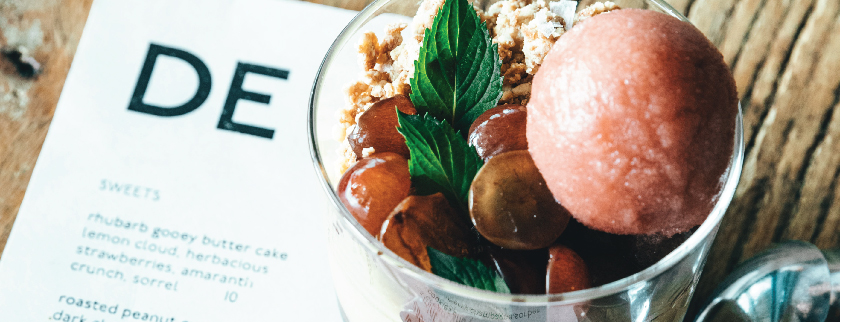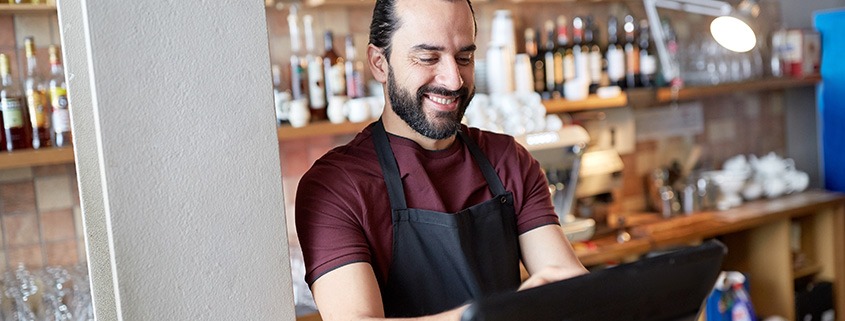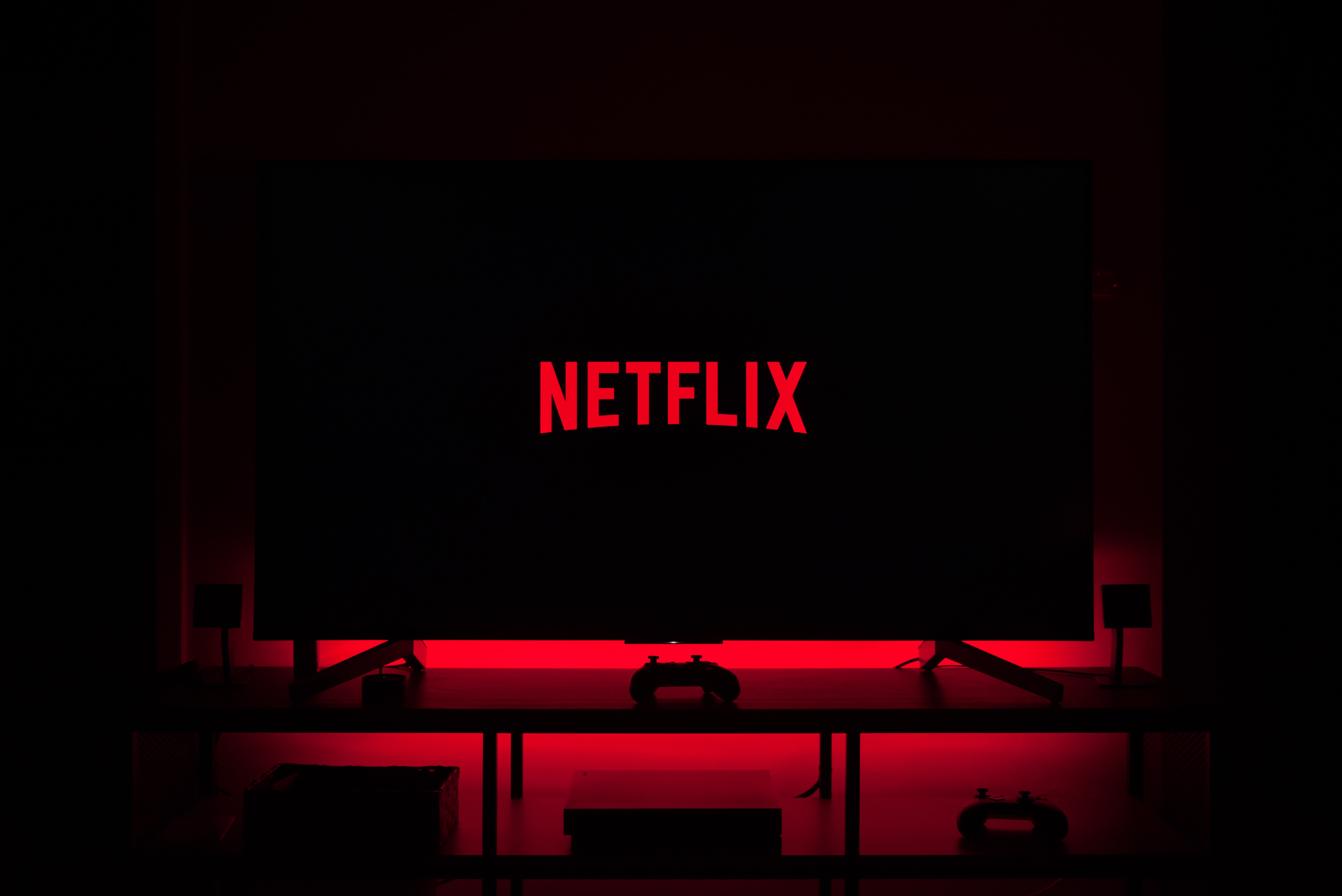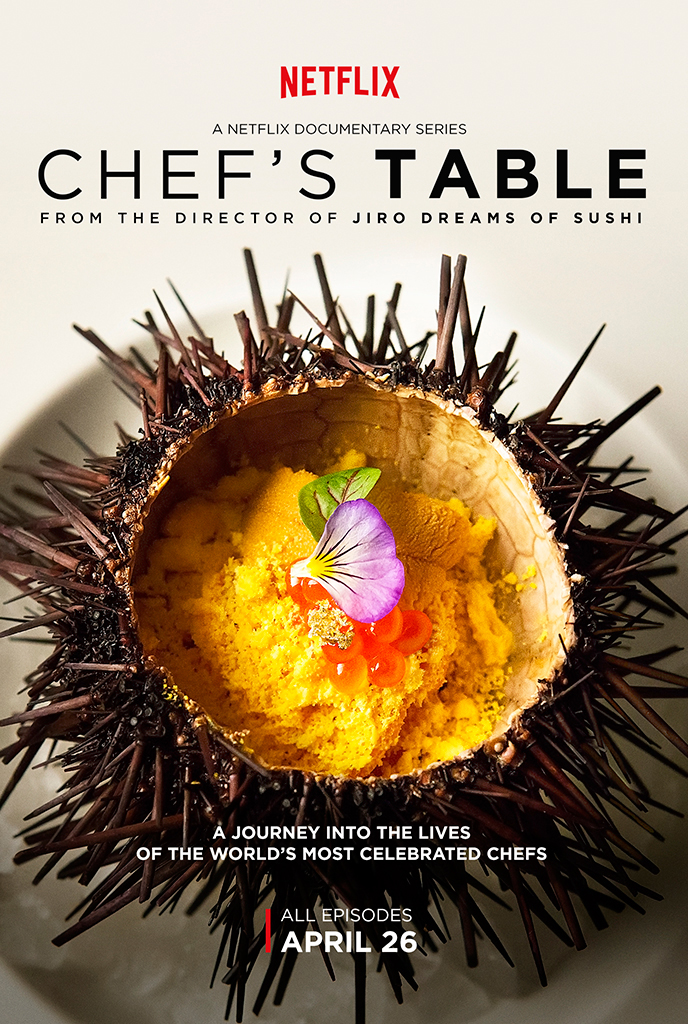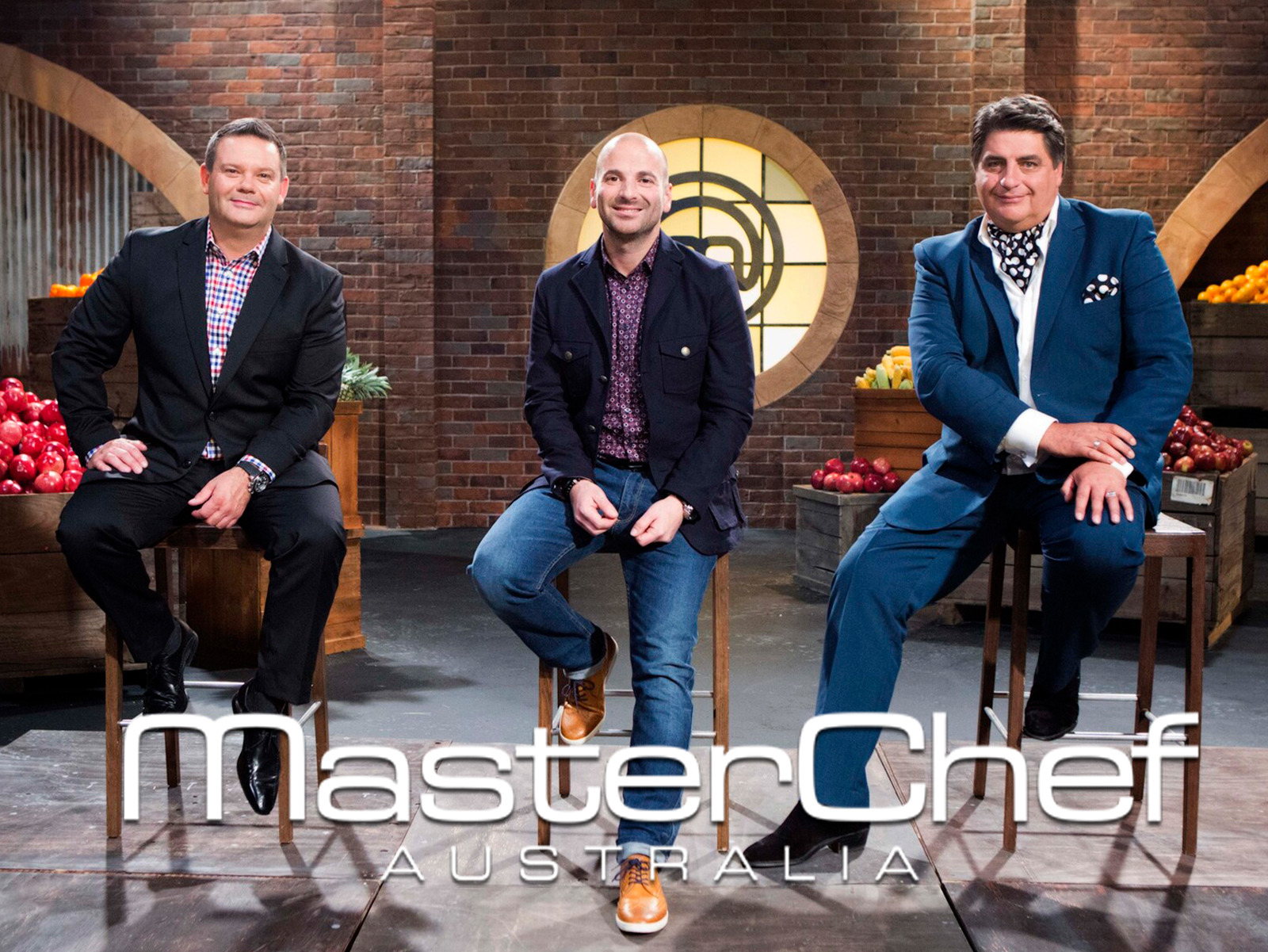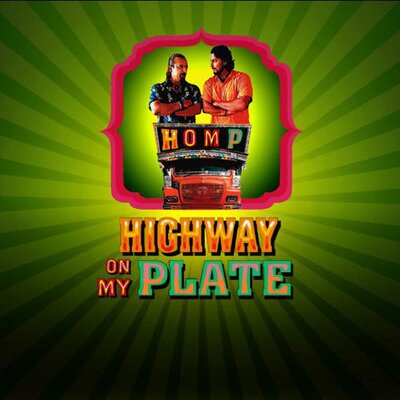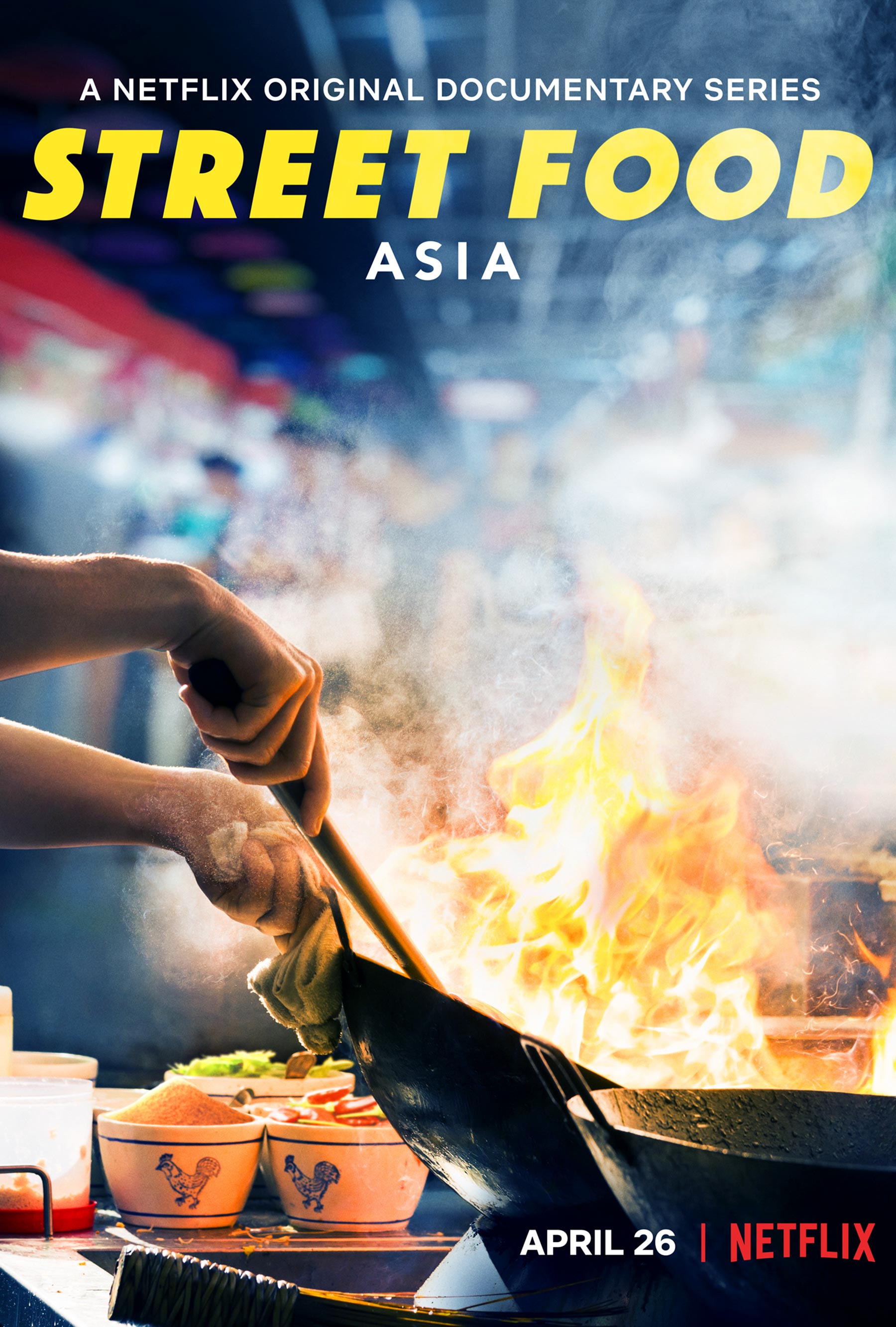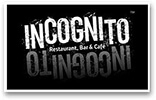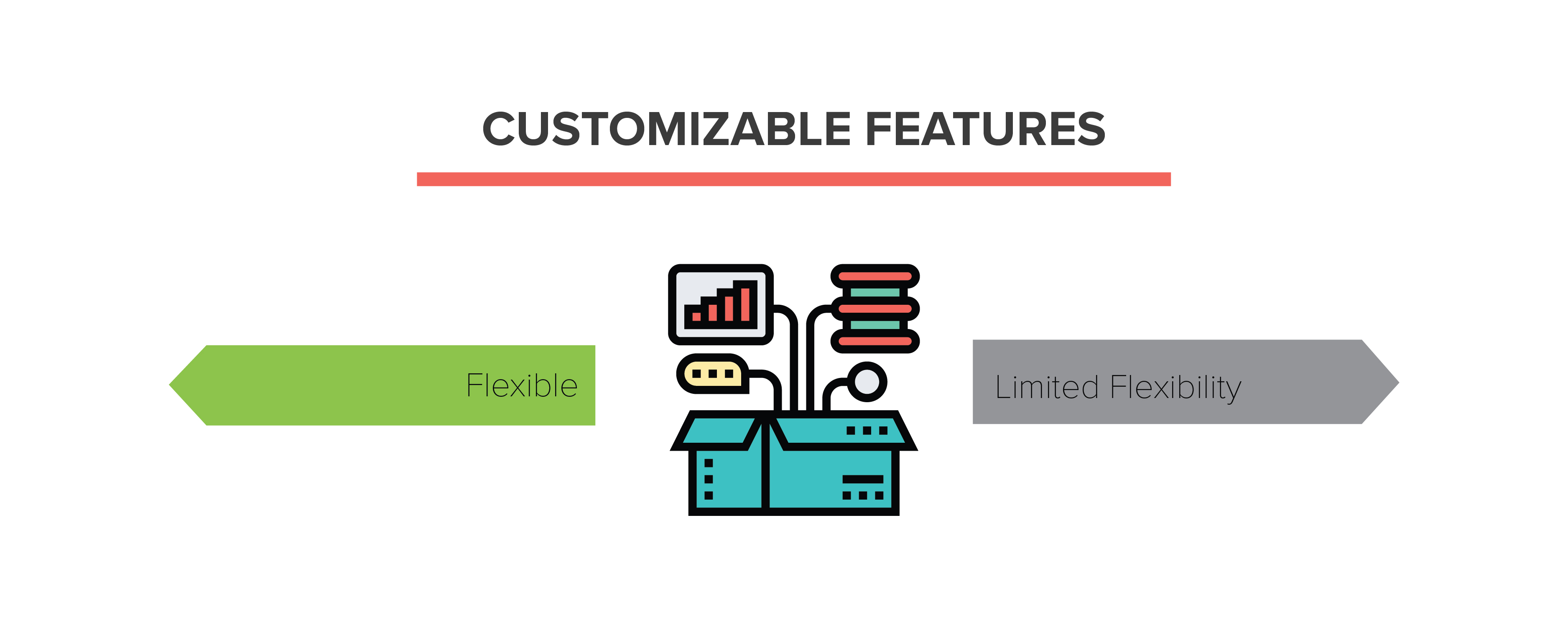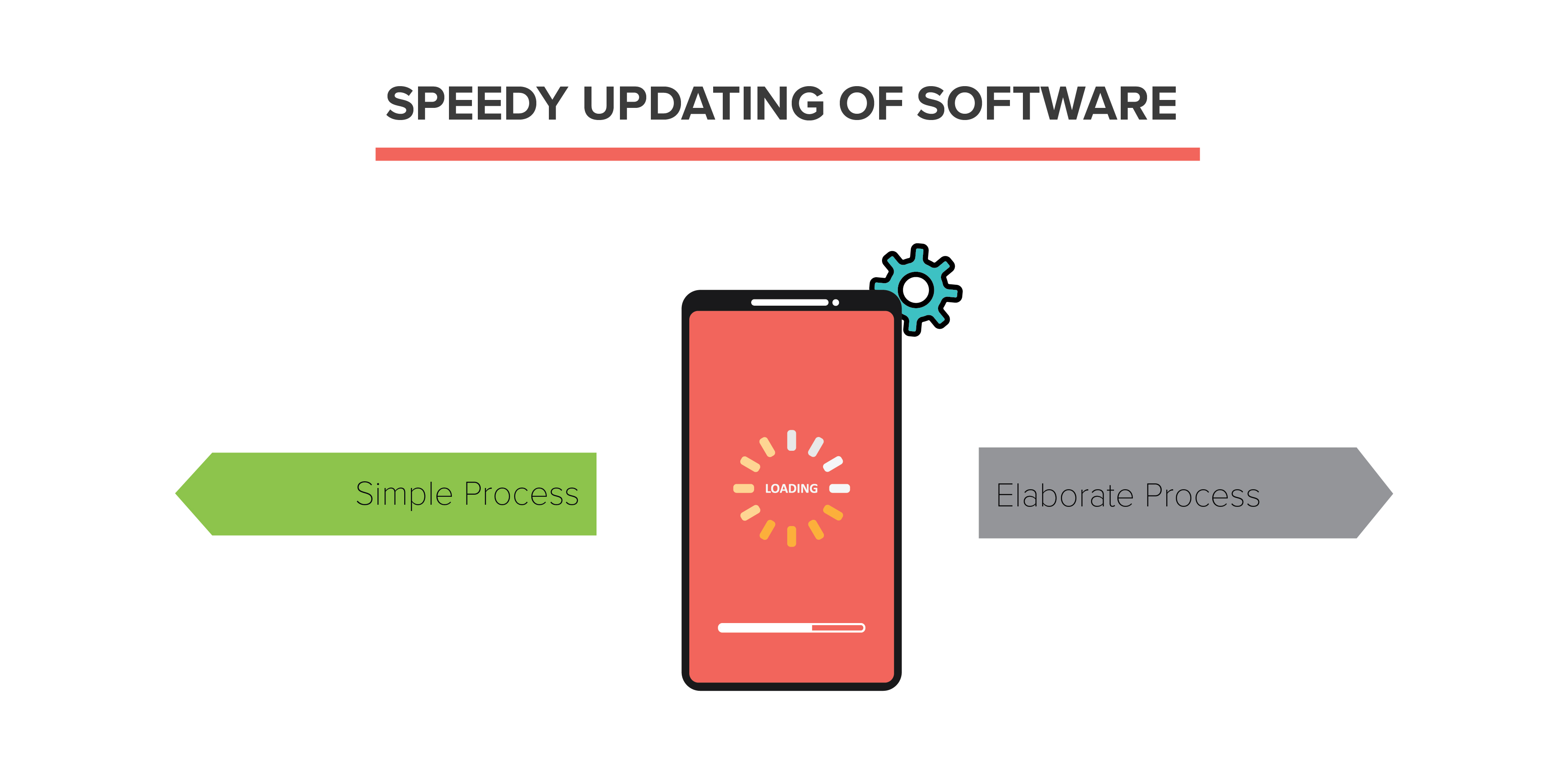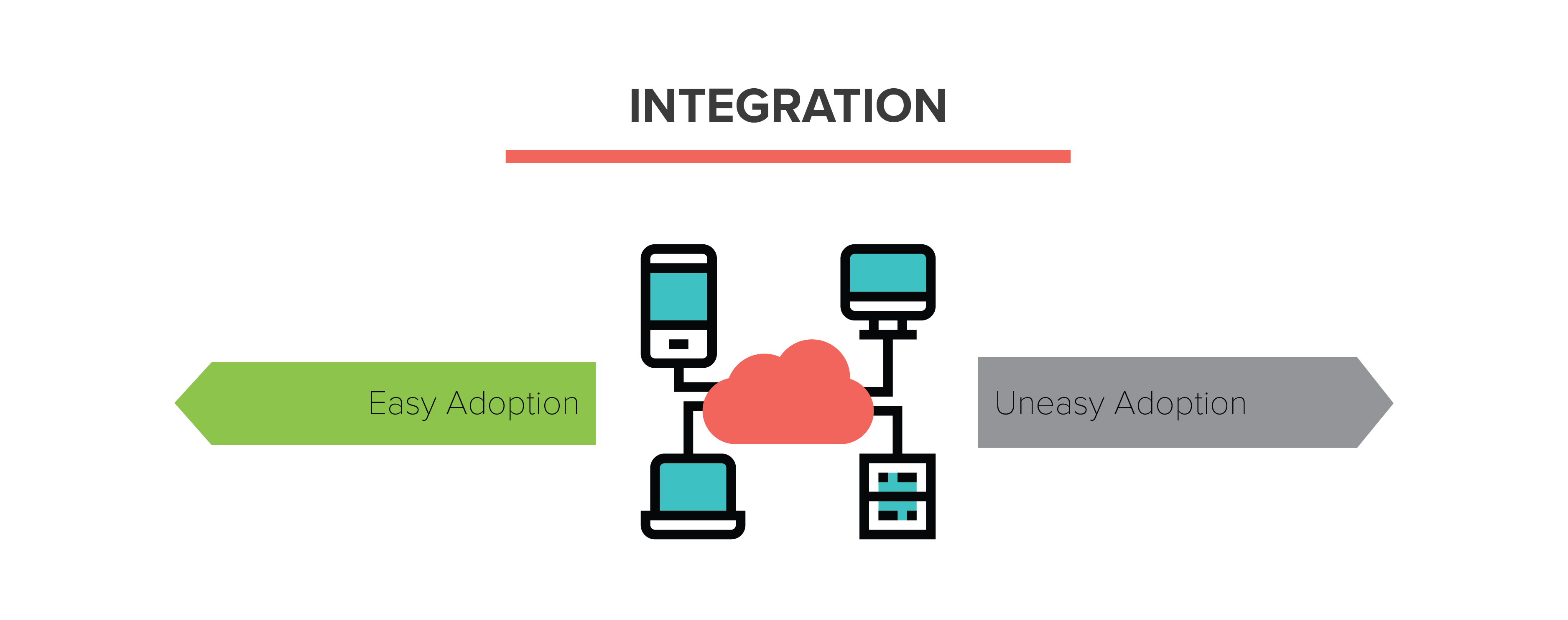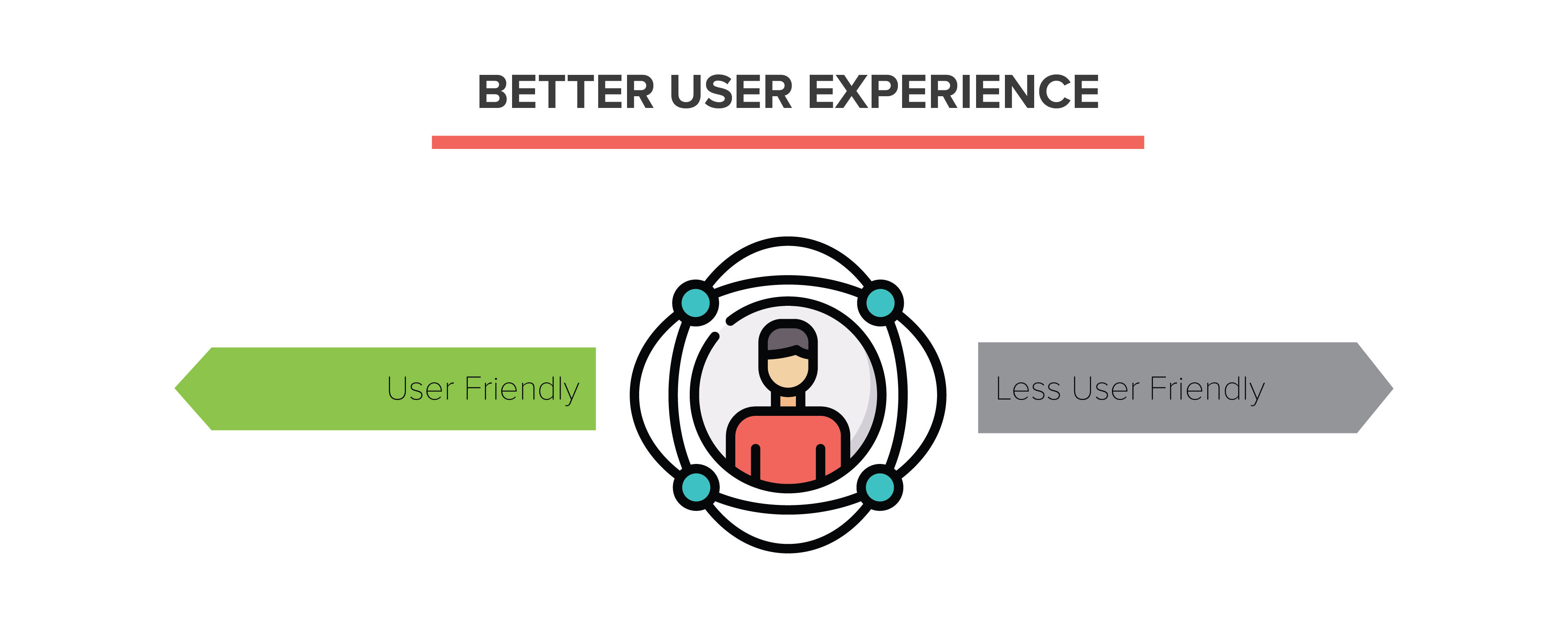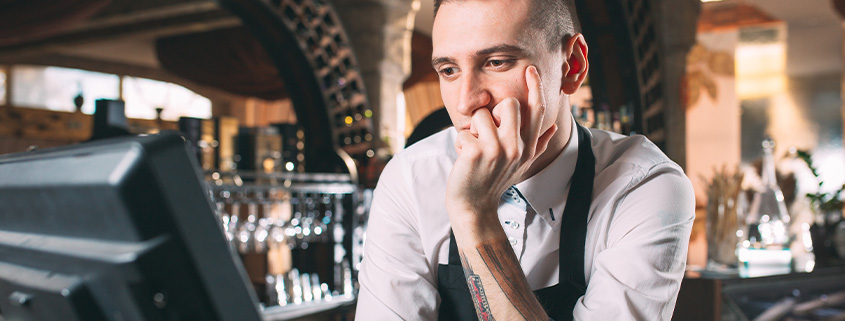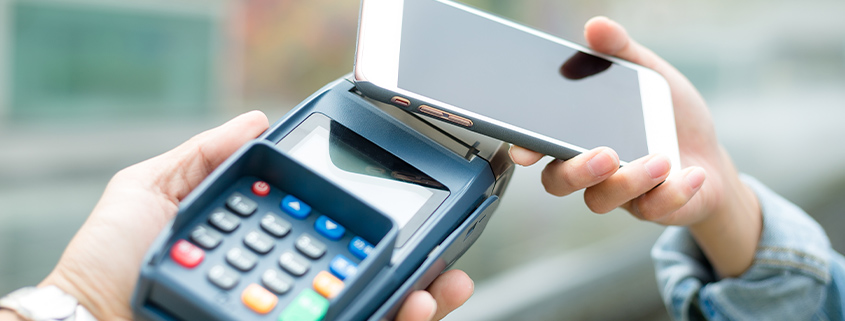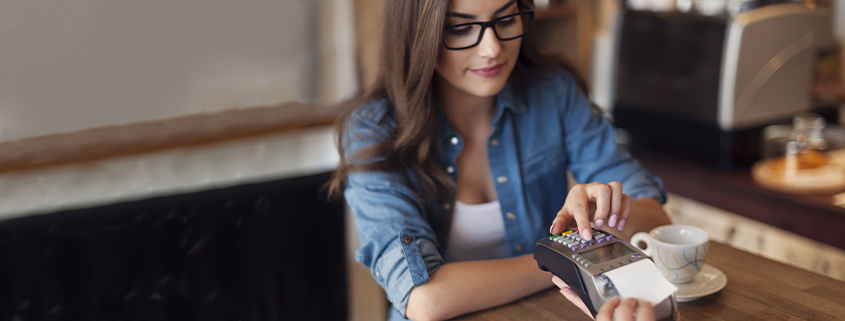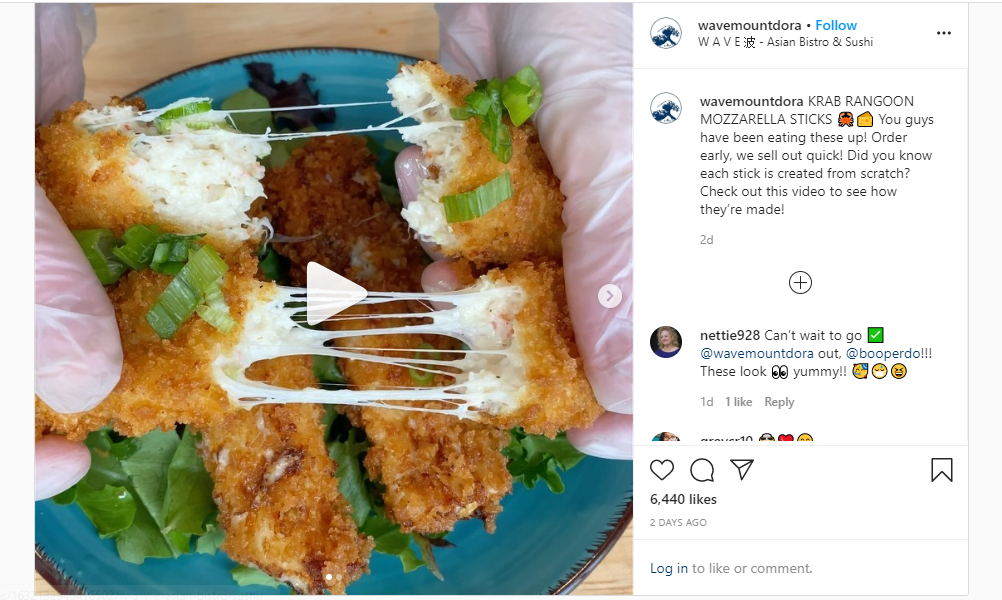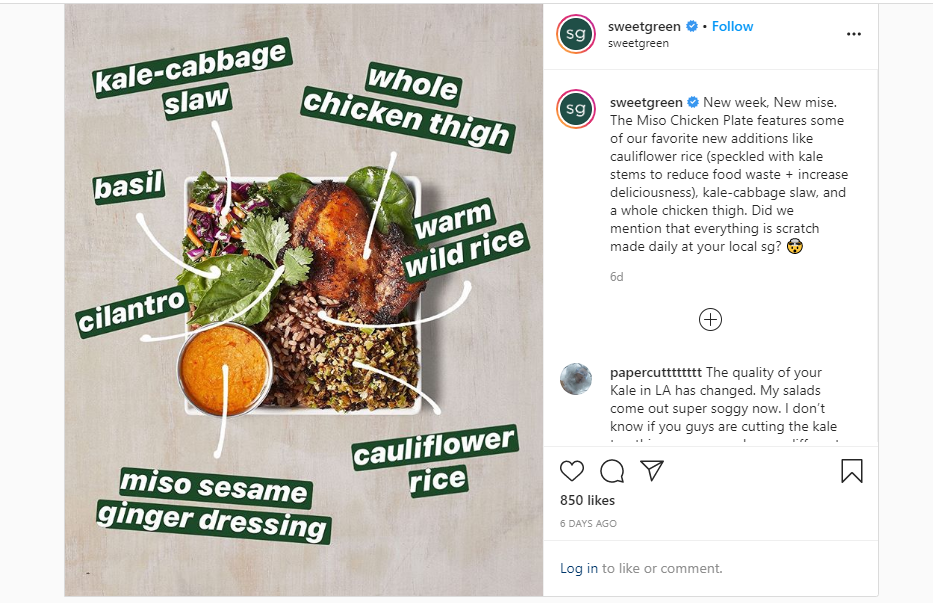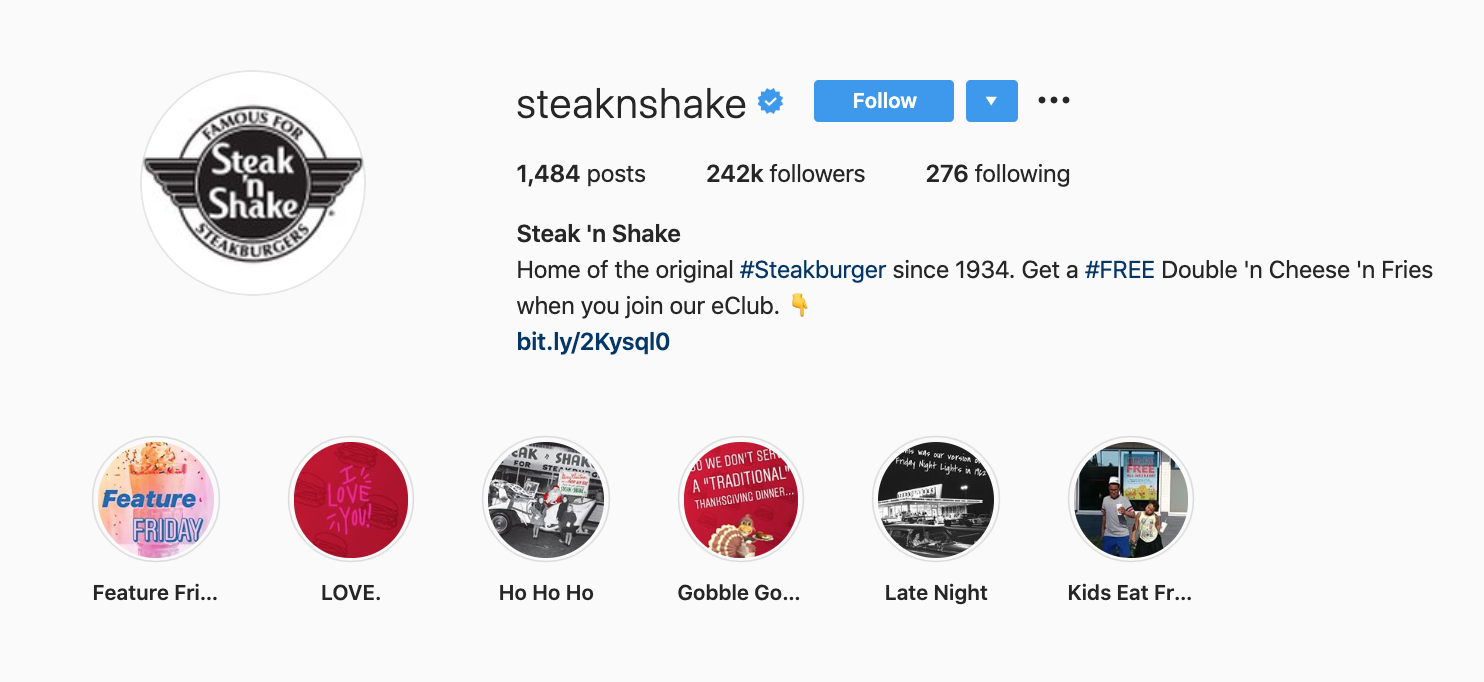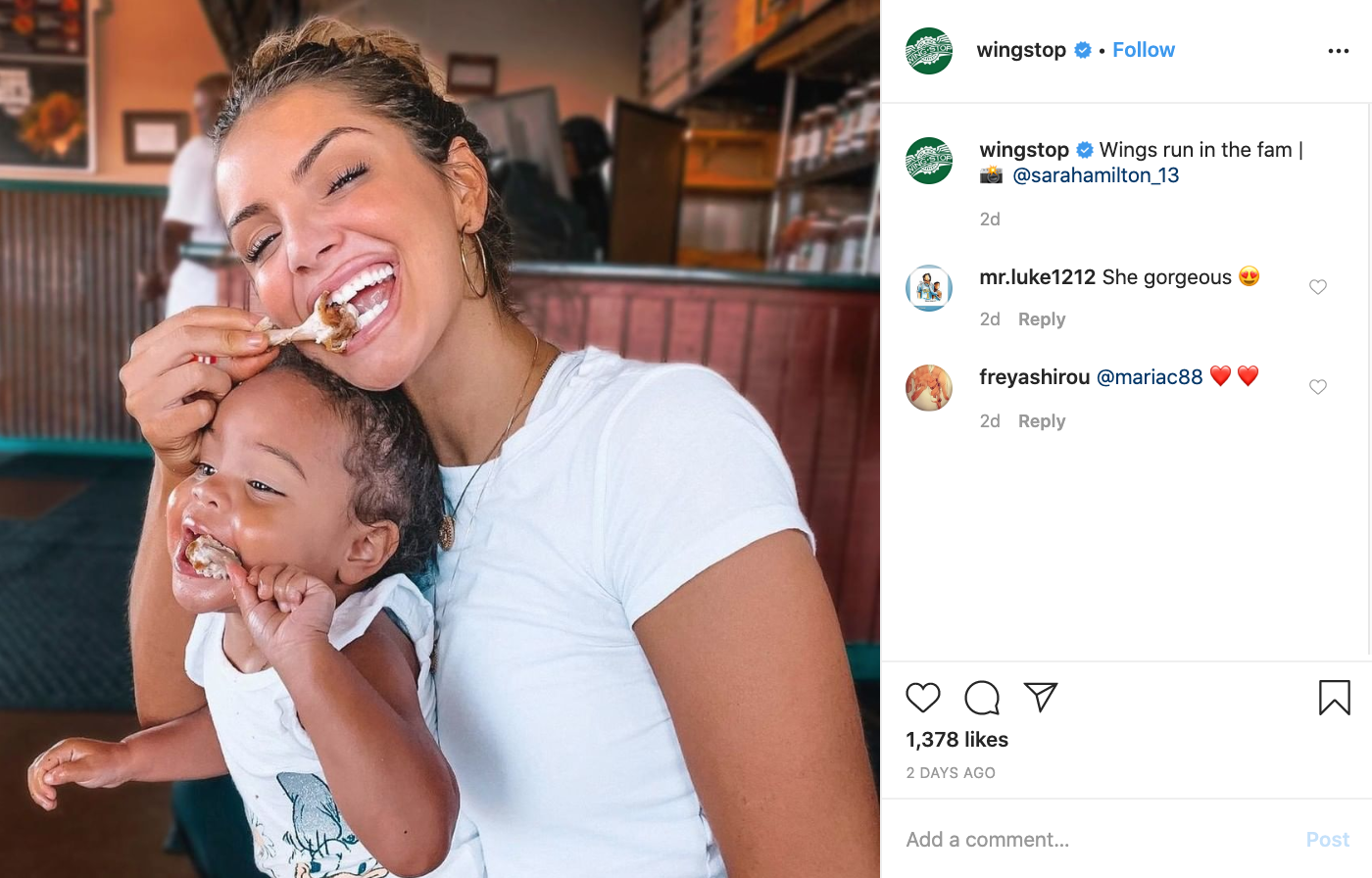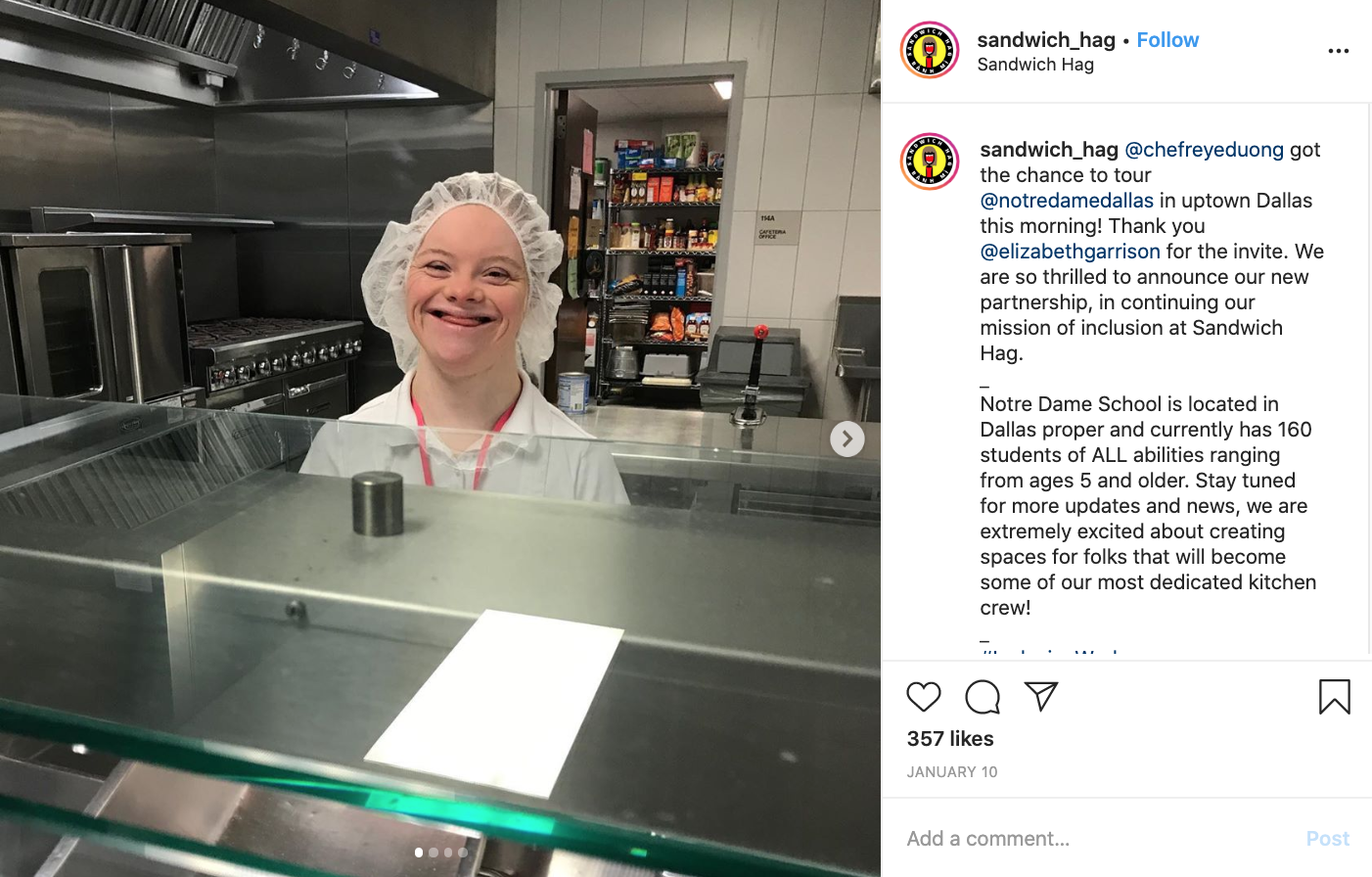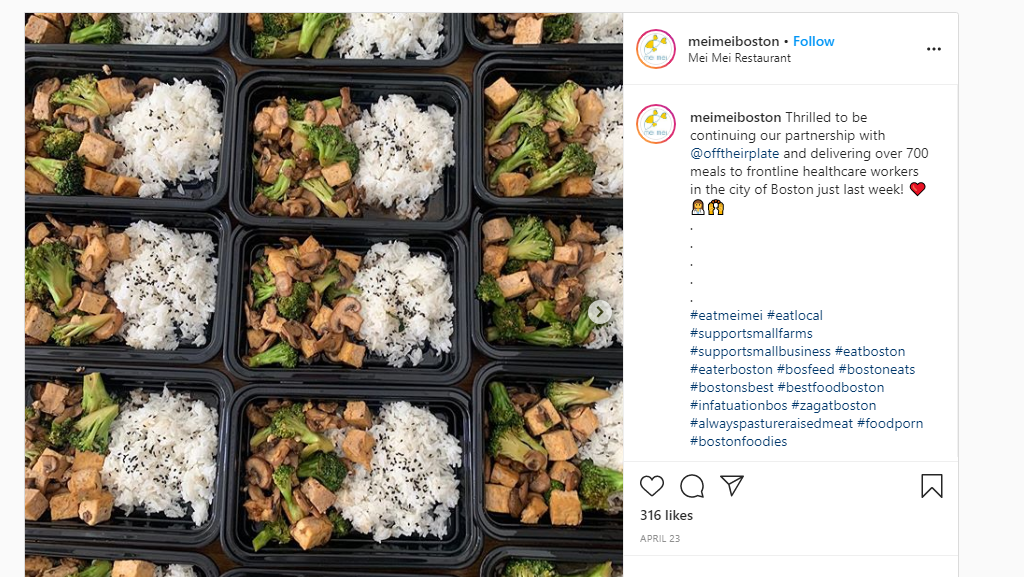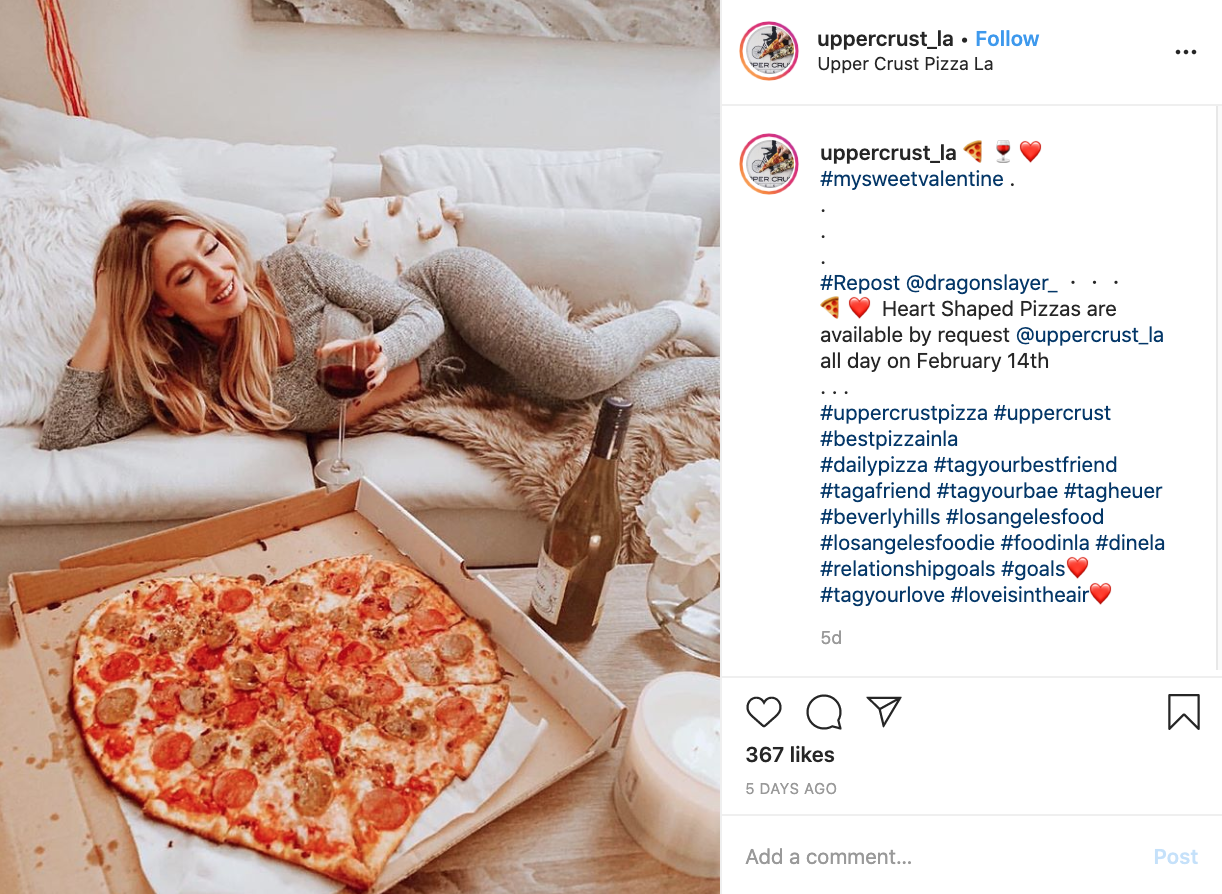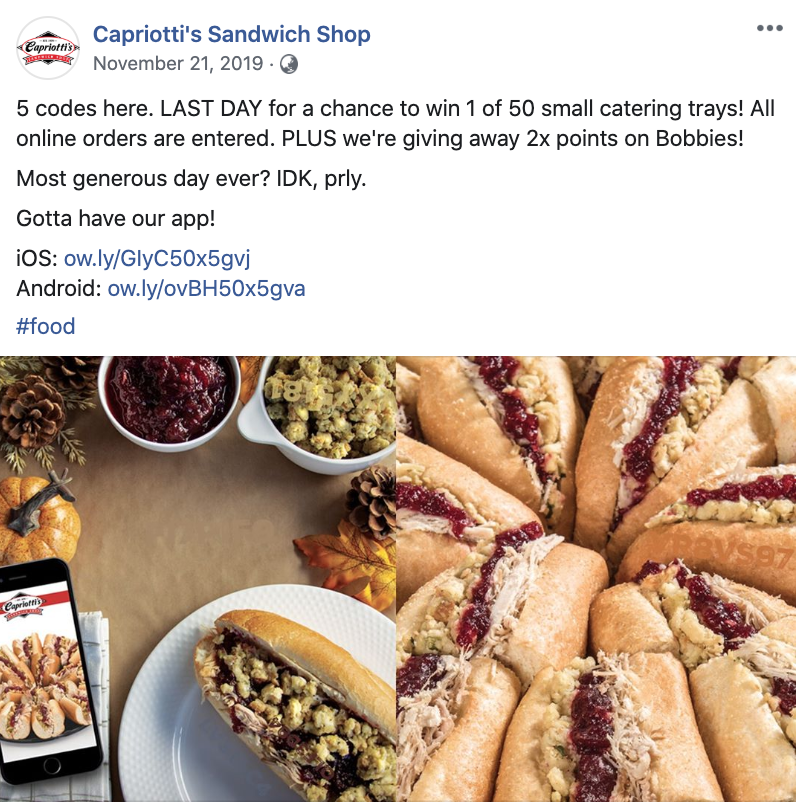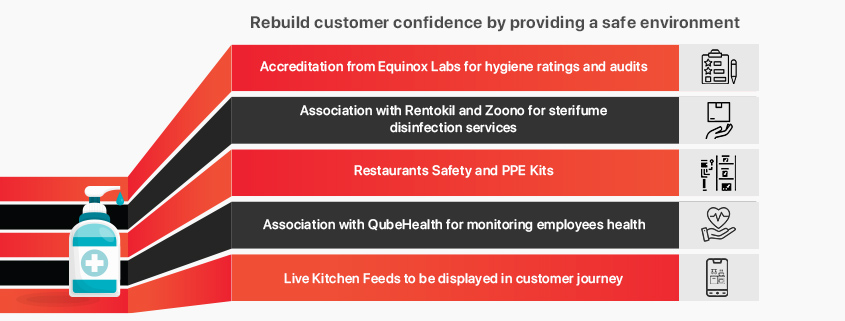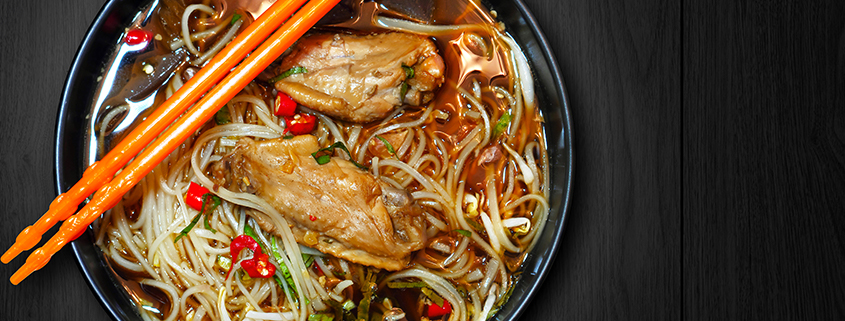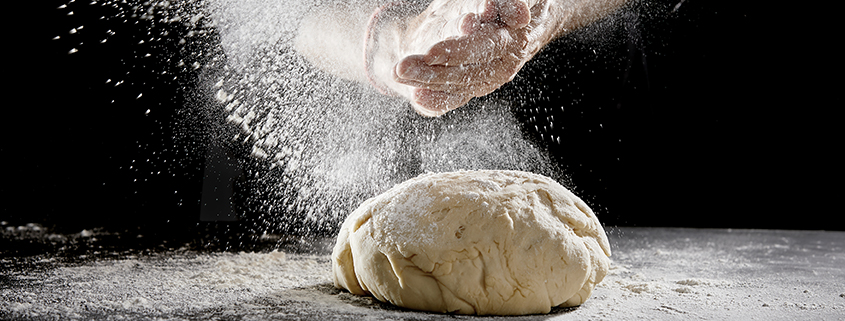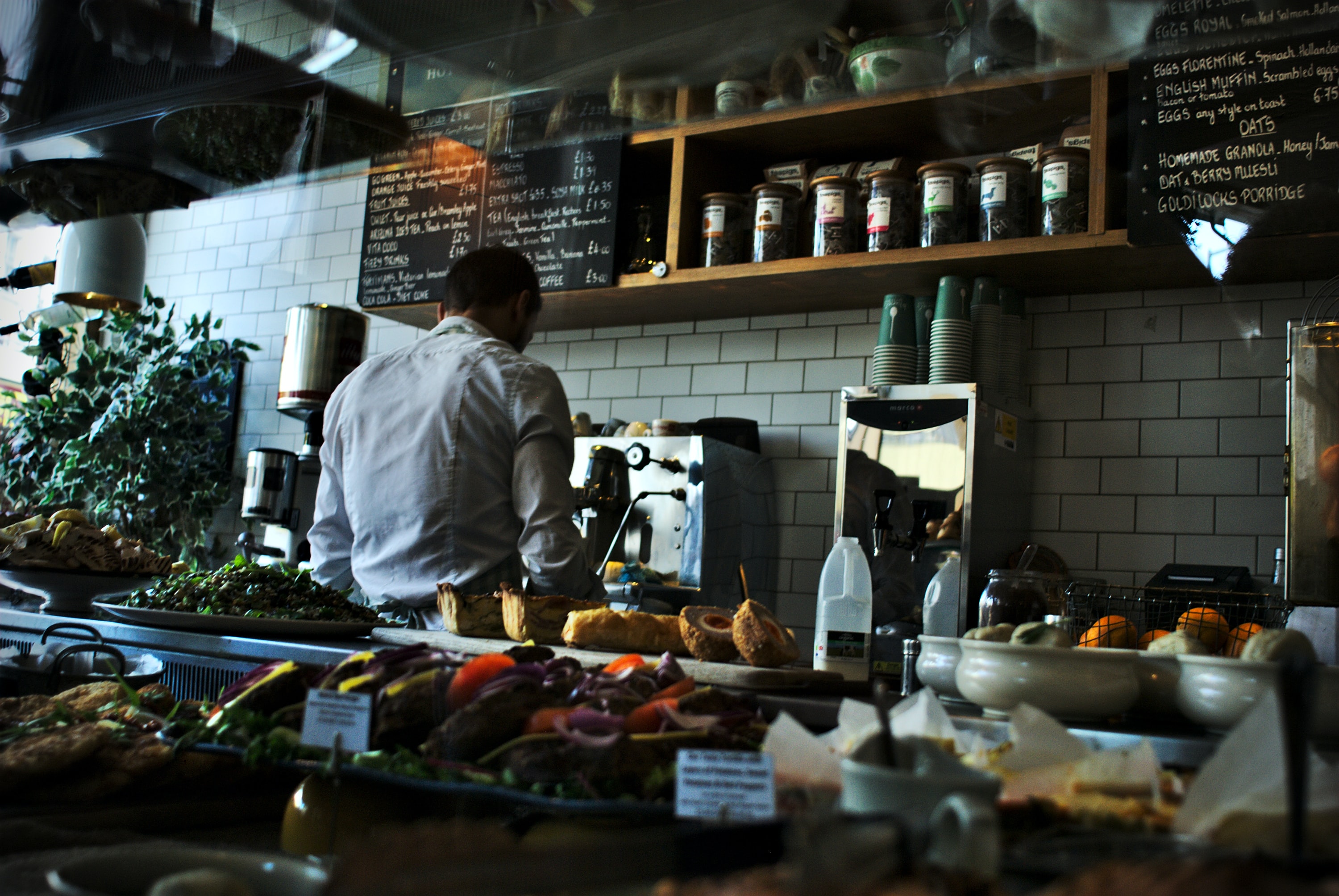The menu of a restaurant is one of the key components that influences its sales and revenue, along with a significant impact on its popularity and quality of services. Pricing the items on the menu is an essential task that needs to be executed in an appropriate and strategic way to increase its effects and positive impacts on the sales, revenue, and overall service quality of restaurants. Restaurant menu pricing procedure is based on certain strategies and techniques that need to be followed and implemented while pricing the food items. The strategy helps in balancing between several aspects of the business. Accelerated sales lead to an increase in revenue and further improves profit margins.
A restaurant menu has the potential to be one of the most effective and key marketing tools for the business. Alongside profits, it also takes care of the guests’ willingness to pay and consequently leads to an increase in the popularity of the business. Deploying smart and strategic menu pricing policies is one of the key business tools in the operation of a restaurant business, of any size and type.
The psychological effects associated with menu pricing
The price of items is one of the key factors influencing the overall sales, revenue and reputation of a restaurant. Ingredients price fluctuations, sales index and analysis, customer preferences (as to what are the most popular items chosen by consumers), and the age and goodwill of the business are some points that need to be considered while determining the prices of items on the menu.
1. Getting diners engrossed with charm pricing
Charm pricing is very famous, and one of the most effective pricing techniques used across several industries. A small number game can hugely influence the psychology of diners and the kind of inferences they make about the prices of items. An example of charm pricing can be pricing an item at $24.99 instead of its previous round-figured pricing at $25.00. A single change in the rightmost digit is the main strategy of charm pricing and it’s a very effective pricing strategy.
The brain deciphers facts subconsciously before we consciously register a fact. So the figure “24” which is less than “25” is considered to be a lower price, even though the difference in actual terms is almost negligible.
2. Attractive and intelligent menus via digital menus

Explore and indulge in creativity while pricing and designing the menu of a restaurant. A unique digital menu needs creative inputs and modern technological applications to attract diners and subsequently boost sales and revenue. Digital menu is endowed with advantages like dynamic pricing, removing unavailable items at a go, flexibility to change the design and theme of the menu. For example, the inresto DineIn menu offers the unique ability to customise a menu as per the restaurant brand needs
3. Menu aesthetics and psychological effect
The font you use on the menu is essential in creating an impression amongst diners. According to research, typeface plays a major role in how diners perceive dishes on the menu of a restaurant. For example, the use of italics usually emphasises on higher cost and quality of a certain item. Removing the dollar sign or currency symbol and removing the double zeros after the decimal point is also an effective strategy that is said to send the brain a subconscious message that the dishes are less expensive and are said to make diners spend more money.
Digital menus are a recent form of technological advancement. Animated menus on a digital platform can create a great impression on the customer and also attract more diners through vivid and attractive visuals.
4. Appropriate name and illustrative description
Naming and description of food items on a restaurant menu can greatly improve the impression and sales of a restaurant. Proper naming of the dishes and providing a creative description is an effective sales tactic. It creates an impression of a high-quality experience. Including the ingredients, the story behind a dish, and the preparation of the dish paints a beautiful picture in the minds of the guests and tends to present the items in a more delicious way. Thus, guests can be made to feel welcomed. A descriptive and creative item title and description help in better brand perception for a restaurant business and thus the price can be quoted higher.
5. Assessing demographics & setting the right target audience

The kind of diners who visit the restaurant must be observed and analysed for the effective optimisation of the pricing on the menu of the business. The location of the restaurant and who are the frequent visitors must be documented and analysed. Their age group, their profession, their preferences must all be carefully noticed to device effective sales and promotion strategies through the restaurant menu. It also helps enterprises compete in the market with other restaurants offering similar services and dishes. Seasonal pricing must also be done on the basis of preferences and demands of guests. Popular seasonal dishes can be conveniently offered to boost sales and popular dishes of certain cultures and regions can also be customised into the menu based on demands and preferences.
6. Promotional offers & competition mapping

Offers and discounts send the message that diners are saving money which is an effective sales strategy that helps boost revenues and sales of a restaurant. Offers and discounts naturally attract diners to any business in any sector. A variety of payment methods and their branding on the menu, like Paytm, PayPal and Dineout Pay options can provide convenience to diners making the restaurant more popular and preferable in the market.
Digital menus can help diners avoid long queues that might lead diners to prefer the restaurant as most people do not like waiting.
Following the rule of three and the decoy method while designing a menu can be an effective sales strategy. Creating a competition within one’s own menu by offering diners three different variations of the same dish and a few options to customise the dish can make the customer get involved in choice making instead of a yes and no answer which could have led to the direct rejection of the dish. This has been a widely used strategy in the restaurant industry.
Tracking the progress and strategies of competitors and their prices and offerings is also essential in designing the menu of a business and the pricing of the items. Pricing of the menu of a restaurant is an effective and essential sales strategy that is quintessential to the boost of sales, revenue and reputation of the restaurant business.

